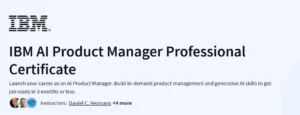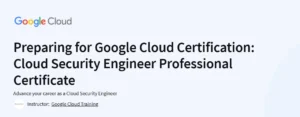Arduino Step by Step: Getting Started
A hands-on and easy-to-follow introduction to Arduino for anyone starting with electronics and coding.
What will you in Arduino Step by Step: Getting Started Course
- Understand the basics of Arduino boards, components, and sensors.
- Learn how to set up and program an Arduino using the Arduino IDE.
- Build real-world electronic projects using LEDs, buttons, motors, and sensors.
- Write, upload, and troubleshoot Arduino sketches.
- Gain confidence in using breadboards, resistors, and power supplies.
- Develop logical thinking and problem-solving skills for embedded systems.
Program Overview
Module 1: Introduction to Arduino
⏳ 30 minutes
Overview of Arduino and its capabilities.
Introduction to microcontrollers and embedded systems.
Setting up your Arduino development environment.
Module 2: Understanding Hardware Components
⏳ 1 week
Learn about resistors, LEDs, capacitors, and breadboards.
Understand the role of power supplies and voltage regulation.
Identify and use input/output components.
Module 3: Programming Basics with Arduino IDE
⏳ 1 week
Introduction to C/C++ syntax for Arduino.
Learn how to upload sketches to your Arduino board.
Write simple programs using loops, conditions, and functions.
Module 4: Working with LEDs and Buttons
⏳ 1 week
Control LEDs and read input from push buttons.
Learn about digital input/output pins and pull-up resistors.
Create interactive lighting projects.
Module 5: Using Sensors and Modules
⏳ 1 week
Interface sensors like temperature, light, and motion detectors.
Understand analog vs digital input and how to use analog sensors.
Explore real-world sensor projects.
Module 6: Motors and Actuators
⏳ 1 week
Learn how to control DC motors, servo motors, and buzzers.
Use PWM (Pulse Width Modulation) for motor speed control.
Build motion-based projects.
Module 7: Serial Communication and Debugging
⏳ 45 minutes
Use the Serial Monitor for communication and debugging.
Understand baud rate and data exchange with a PC.
Troubleshoot common coding and wiring errors.
Module 8: Project Development and Prototyping
⏳ 1 week
Combine components to build complete Arduino projects.
Learn basic prototyping and project design tips.
Prepare for more advanced IoT and robotics courses.
Get certificate
Job Outlook
- Arduino skills are highly useful in the growing fields of IoT, robotics, automation, and embedded systems.
- Ideal for hobbyists, students, engineers, and aspiring developers.
- Opens opportunities in electronics prototyping, smart devices, and STEM education.
- Freelance and maker communities provide platforms to showcase Arduino projects.
- Great for complete beginners—no prior experience needed.
- Covers both hardware and software aspects clearly.
- Step-by-step explanations with plenty of examples.
- Encourages experimentation and creativity.
- Some parts may feel slow-paced for advanced users.
- Requires purchasing components separately.
- Limited coverage of more complex modules or wireless communication.
Specification: Arduino Step by Step: Getting Started
|





